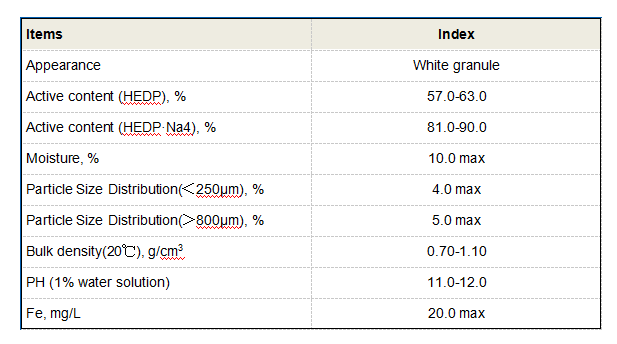Understanding the Role of Coagulants and Flocculants in Water Treatment Processes
Coagulant and Flocculant Chemicals Essential Agents for Water Treatment
Water treatment plays a critical role in maintaining public health and environmental sustainability. Among the various processes involved, the use of coagulant and flocculant chemicals is pivotal to remove suspended solids and impurities from water. These agents not only enhance the quality of potable water but also aid in wastewater treatment, ensuring that effluent meets regulatory standards before being released back into the environment.
Coagulation and flocculation are two interconnected processes that are primarily used to separate solid particles from liquids. Coagulation involves the neutralization of charges on suspended particles, which leads to their aggregation. The coagulant chemicals, typically metal salts such as aluminum sulfate or ferric chloride, are widely used for this purpose. When these substances are added to water, they react and destabilize the particles by neutralizing their negative charges, promoting the formation of larger aggregates known as flocs.
Flocculation follows coagulation and involves the gentle mixing of the water to encourage the aggregation of the destabilized particles into larger flocs. Flocculants, which are usually high molecular weight polymers, such as polyacrylamides, are employed to facilitate this process. These polymers have the ability to bridge between different particles, enhancing the formation of larger flocs that can be more easily removed from the water during subsequent treatment stages.
The effectiveness of coagulant and flocculant chemicals depends on various factors, including water chemistry, temperature, and the presence of organic matter. The selection of appropriate chemicals is essential for optimal performance. For instance, the choice between organic and inorganic coagulants can significantly influence treatment efficiency. Inorganic coagulants are often effective over a wide range of pH levels but may result in the generation of residual metal ions in treated water. On the other hand, organic coagulants tend to produce less sludge and are environmentally friendly.
coagulant and flocculant chemicals

The application of coagulants and flocculants extends beyond drinking water treatment to include industrial processes, municipal wastewater treatment, and even mining operations. In industrial contexts, these agents help clarify process water and remove contaminants, thereby improving product quality and operational efficiency. In wastewater treatment, the combination of coagulation and flocculation plays a crucial role in the removal of suspended solids, nutrients, and pathogens, aiding facilities in meeting stringent discharge standards.
Nevertheless, the use of coagulants and flocculants comes with challenges. Concerns regarding the introduction of chemical residues into water systems highlight the importance of careful dosaging and monitoring. The potential for adverse environmental impacts if not managed properly necessitates the development of guidelines and best practice protocols for their use.
Moreover, advancements in water treatment technology are paving the way for the development of more efficient and sustainable coagulant and flocculant options. Researchers are increasingly exploring bio-based coagulants derived from natural sources, which can offer effective treatment solutions with reduced environmental footprints.
In conclusion, coagulant and flocculant chemicals play a central role in modern water treatment processes, helping to ensure safe and clean water for communities while protecting environmental resources. As the demand for efficient water treatment solutions continues to rise, ongoing research and innovation will be crucial in optimizing the use of these essential agents and addressing the challenges they present. With a focus on sustainability and safety, the future of water treatment will likely see further enhancements in the efficacy of coagulant and flocculant technologies.
-
The Power of Isothiazolinones in Modern ApplicationsNewsMay.08,2025
-
Flocculants in Water TreatmentNewsMay.08,2025
-
Flocculants and Chemical Solutions: What You Need to KnowNewsMay.08,2025
-
Flocculants and Chemical Solutions: A Growing IndustryNewsMay.08,2025
-
Essential Chemicals: Polymaleic Anhydride and MoreNewsMay.08,2025
-
Acrylic Polymers: Essential Solutions for IndustryNewsMay.08,2025





